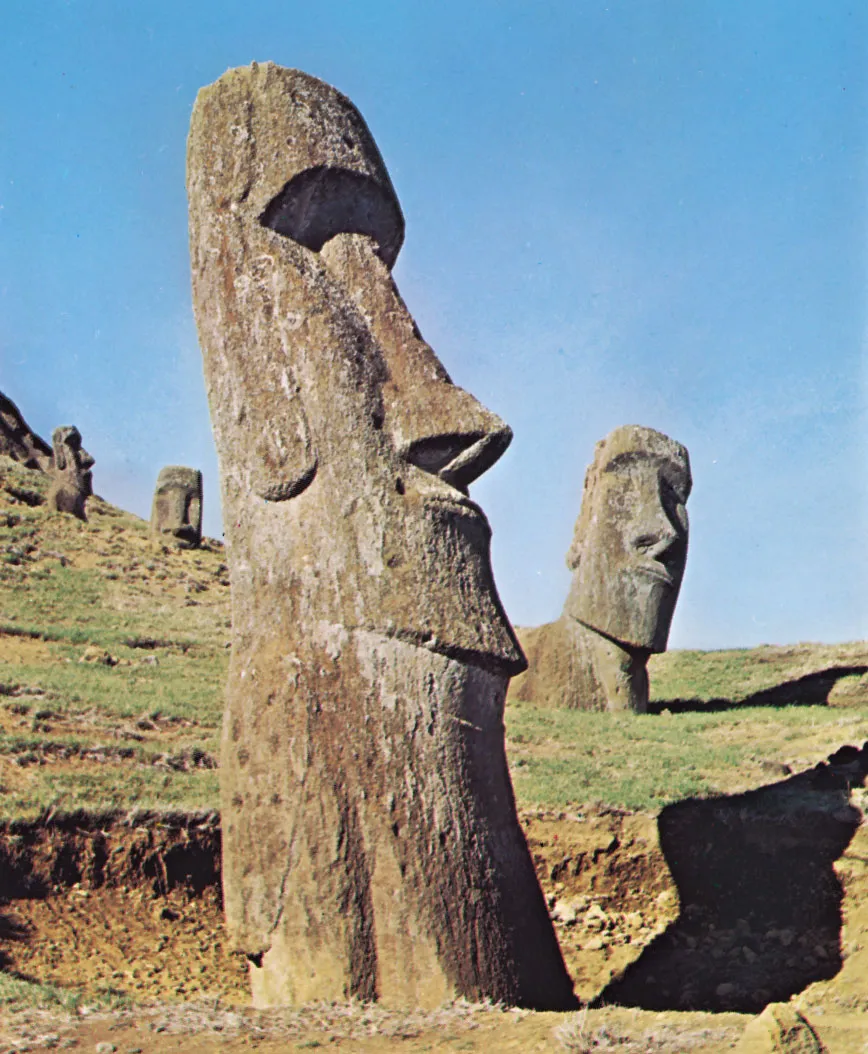Easter Island is a small island in the southeastern Pacific Ocean that is famous for its unique archaeological site. The island is home to the world’s largest concentration of megalithic statues, called moai, which were created by the early Polynesian inhabitants of the island. The statues are massive human figures with large heads, and they are thought to represent important ancestors or deities. Today, Easter Island is a popular tourist destination, and its culture and history continue to fascinate scholars and scientists from around the world.
The first recorded European contact with Easter Island occurred in 1722, when Dutch explorer Jacob Roggeveen arrived on the island on Easter Sunday (hence the island’s name). However, there is evidence that Polynesians may have settled on the island much earlier, possibly as early as 1200 CE. These early settlers likely came from other Polynesian islands, such as Tahiti or Samoa. It is believed that they sailed here using canoes or rafts outfitted with sails made from pandanus leaves.
The earliest known inhabitants of Easter Island were members of the Lapita Culture, who flourished in Oceania between approximately 1500 and 500 BCE. The Lapita were skilled navigators and artisans, and their pottery has been found throughout the Pacific Islands. They were also responsible for creating the first megalithic statues on Easter Island; these statues were probably used to mark burial sites or signify important locations within Lapita settlements.


